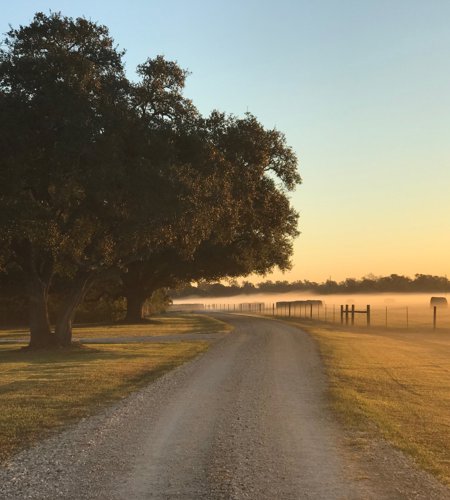

Historically managed as a working cattle ranch since the mid-1800s, privately-owned Long Acres Ranch is now a 768-acre facility that includes three miles of frontage on the Brazos River. It is owned by the Henderson-Wessendorff Foundation which has partnered with the Texas A&M Natural Resources Institute to provide an opportunity for youth and adults to experience the benefits of nature through outdoor education and recreation. The property remains an important piece of history for Texas and Richmond.
Today, NRI staff works on the ranch and collaborates to build and optimize access for active outdoor learning. Because of this strategic educational framework, the ranch is becoming a venue for natural resource activities and nature education for surrounding communities and offers programing assistance to meet the specific interests of community groups. Long Acres also partners with Texas 4-H to focus on youth development by offering enrichment opportunities for county extension programs.






